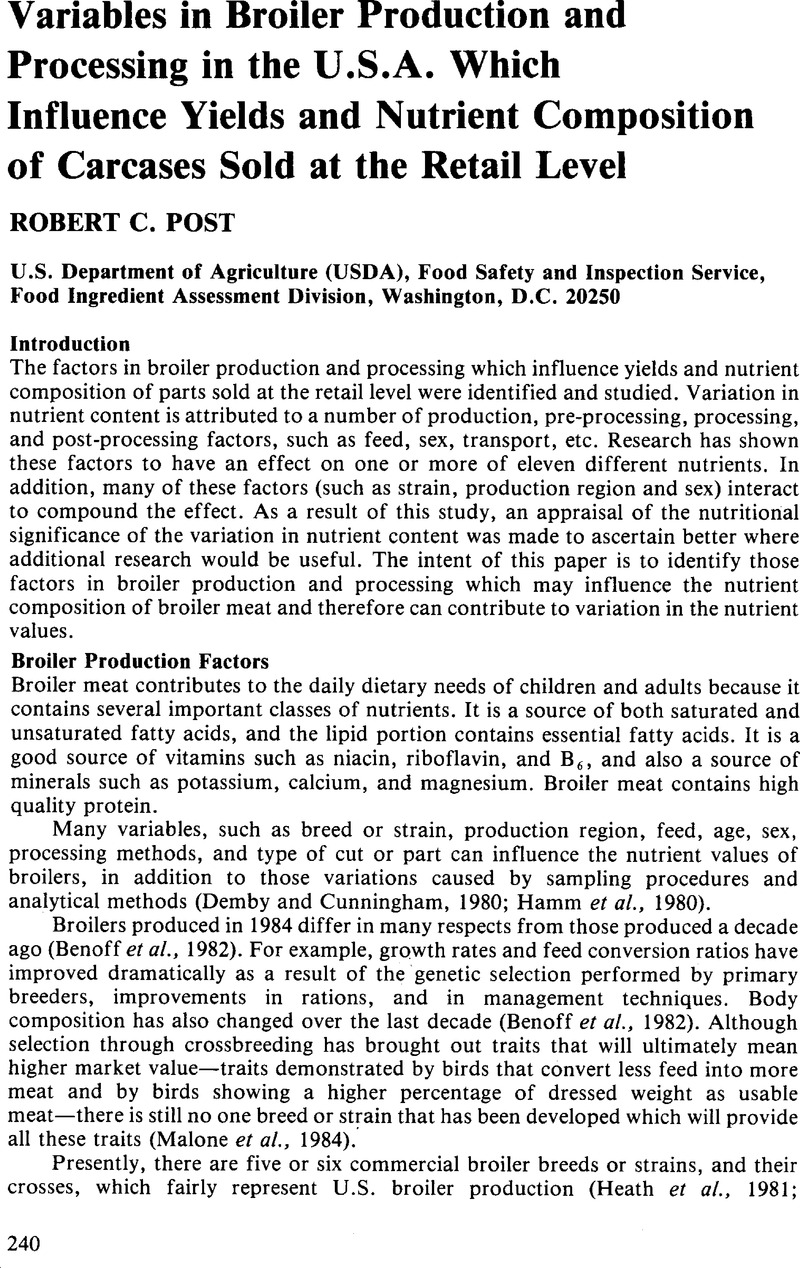Crossref Citations
This article has been cited by the following publications. This list is generated based on data provided by Crossref.
Mendes, AA
2001.
Jejum Pré-abate em Frangos de Corte.
Revista Brasileira de Ciência Avícola,
Vol. 3,
Issue. 3,
p.
199.
Perumalla, A.V.S.
Saha, A.
Lee, Y.
Meullenet, J.F.
and
Owens, C.M.
2011.
Marination properties and sensory evaluation of breast fillets from air-chilled and immersion-chilled broiler carcasses.
Poultry Science,
Vol. 90,
Issue. 3,
p.
671.



